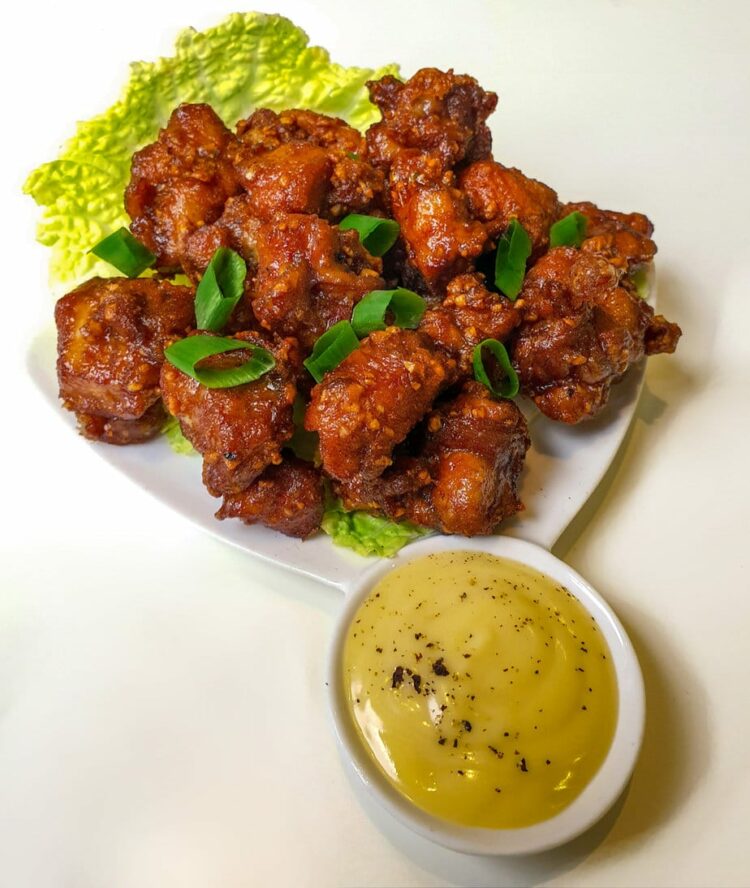A delicious and authentic recipe for the famous Japanese chicken karaage
Chicken karaage (Japanese fried chicken) is easily one of the best fried chickens in the world, as well as being a classic of Japanese cuisine.
It’s exceptionally tasty, juicy and ultra-crisp. In short, it’s well worth the time spent in the kitchen!
Triple frying combined with marinade produces a unique crispness and juiciness
What is authentic karaage?
Fried chicken was not traditional in Japan, where frying was introduced by the Portuguese but remained unpopular due to the Japanese aversion to fatty foods. It was only with the production of cheaper oil that fried foods, such as tempura, gained popularity among the lower classes.
After the Second World War, faced with food shortages, the government established large poultry farms in Usa, Oita prefecture, which led to the invention of karaage.
Today, fried chicken is served everywhere: in pubs, fast-food outlets, specialty stores, … with thousands of variations (intra-Japan). Purists beg to differ, there isn’t just one version of karaage, as the term doesn’t actually designate a specific dish, but rather a preparation process.
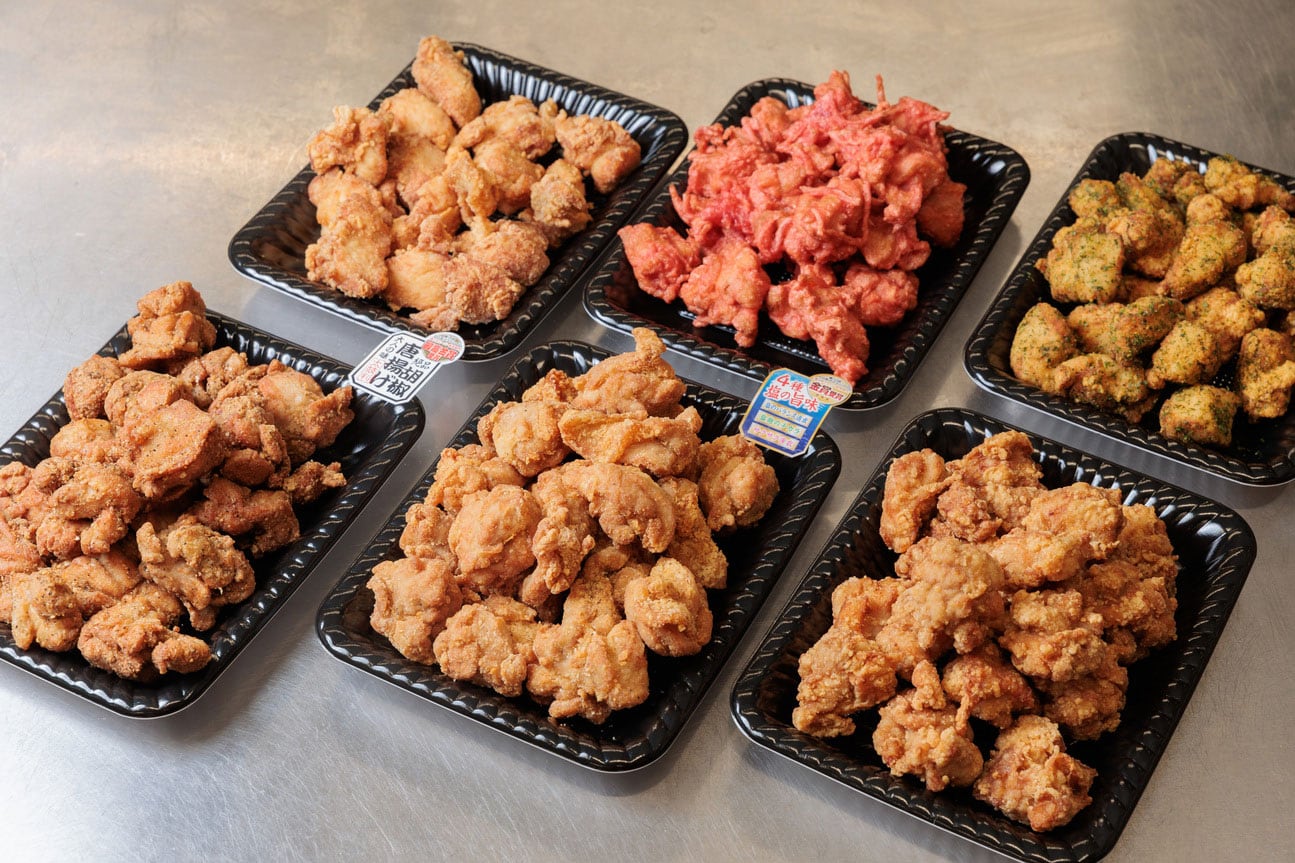
The true definition of karaage
It would be easy for me, with an Asian cooking site as popular as mine, to get up on my high horse and proclaim “HERE’S THE TRUE VERSION, IF YOU SEE THIS OR THAT YOU’RE BEING LIETED TO, IT’S NOT A KARAAGE”. Apart from being laughed at 150% by my Japanese friends, this would be a real lack of intellectual honesty that would make all my old university teachers lose face.
In short, karaage is defined by a process. Namely, marinating the chicken followed by coating with a flour-based breadcrumb. Unlike tempura or American fried chicken, which use more or less liquid pasta to coat the food for frying.
Is my recipe authentic? Yes, it is. Is it “Ze Unique recette authentique”? Absolutely not.
In this article, I present a version inspired by Tatsuta Age, a variant of karaage characterized by the addition of soy sauce to the marinade, giving a beautiful reddish color to the chicken. Depending on the amount of potato starch used, the result is a red base with islands of white on top. Personally, I prefer a light coating, but that’s up to you.
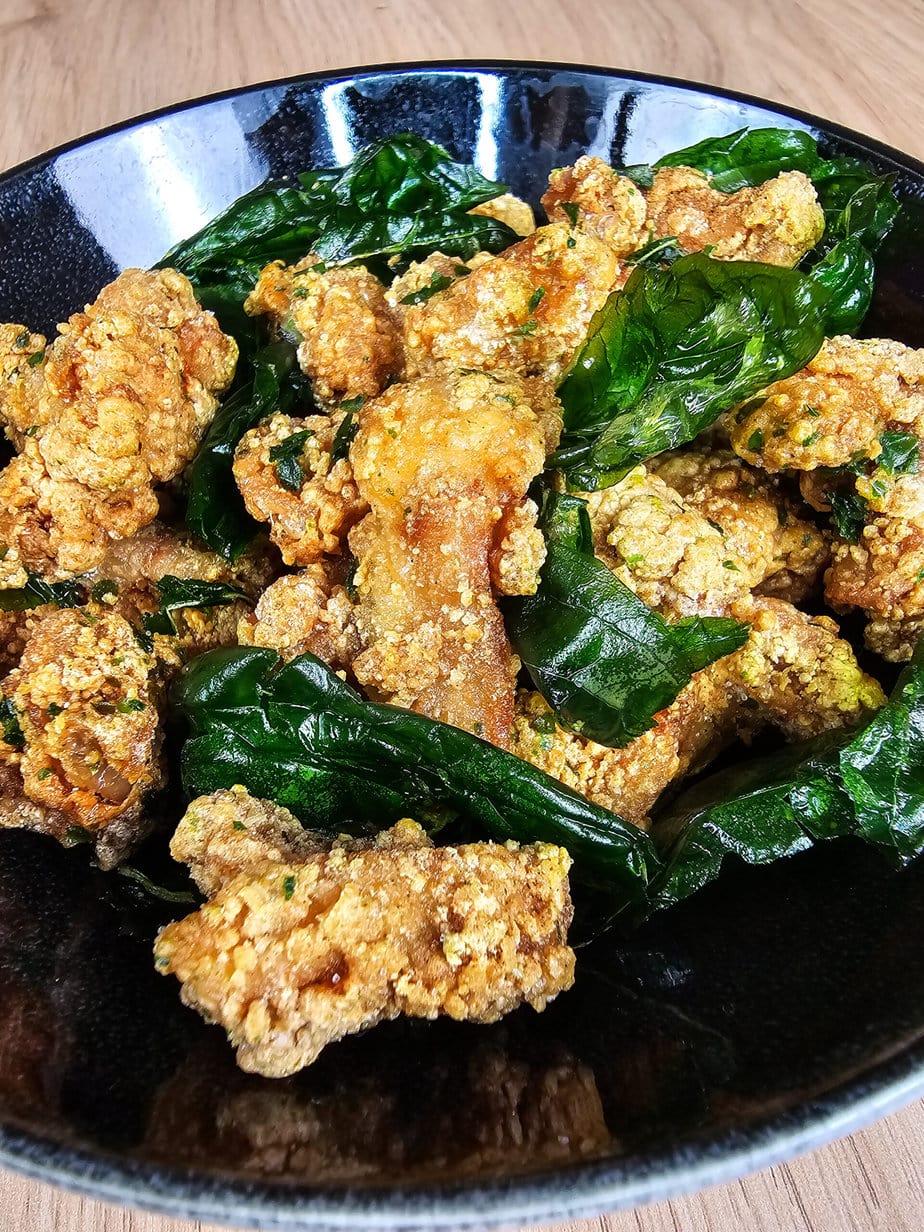
Ingredients for chicken karaage
Chicken: It is imperative to use thigh meat. No negotiation possible. Okay, if nothing else is available, use the white, but believe me when I tell you that the thigh will taste incredible in comparison.
Sake: Japanese alcohol par excellence, it’s essential for an authentic taste.
Dark soy sauce: This is a salty soy sauce, but it’s not light soy sauce. Be careful not to confuse the two! Ideally, you’ll find tamari soy sauce, which is the real Japanese soy sauce, or kikkoman (salted). Taste profiles will vary, but it will still be delicious.
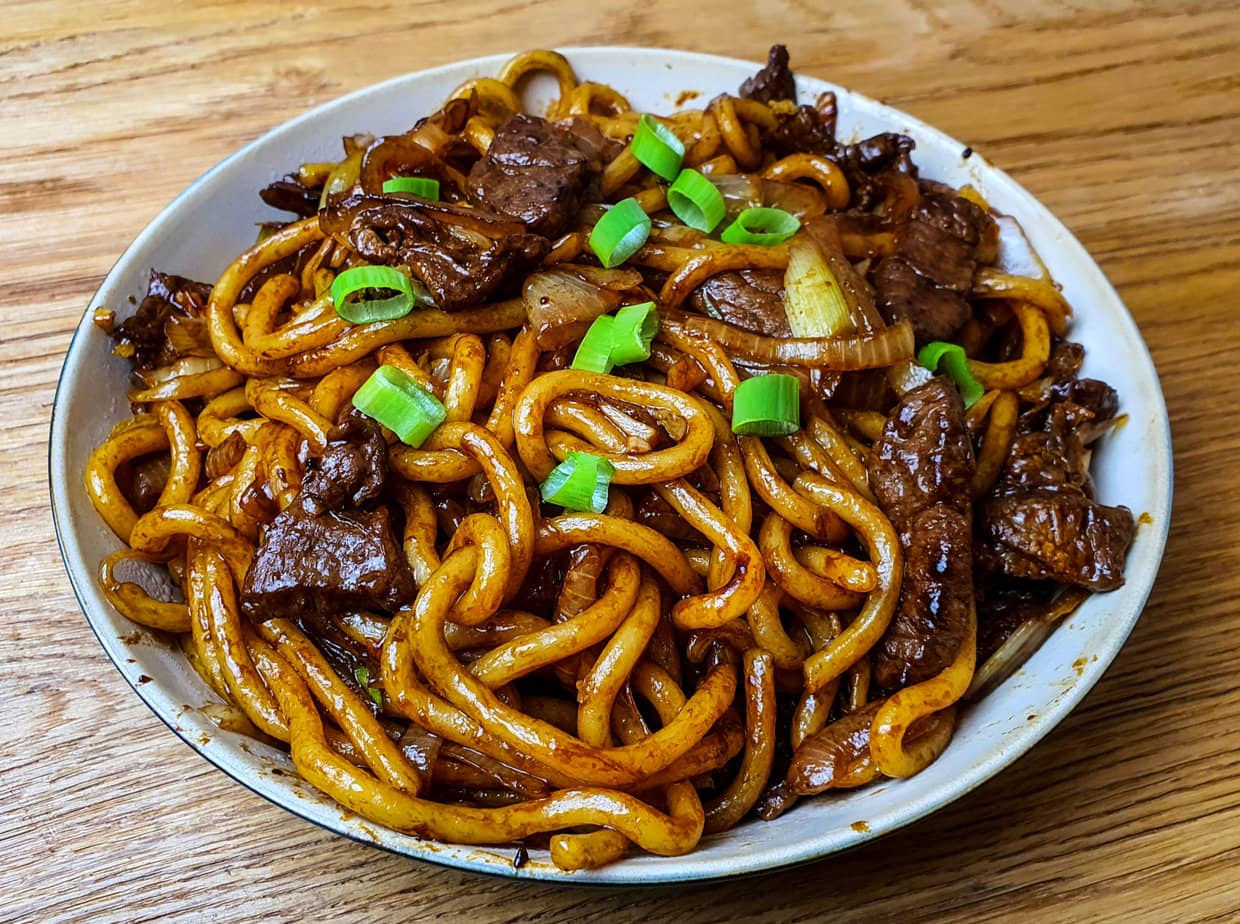
Tips for chicken karaage
In Japan, Karaage is generally made with boneless, skin-on chicken thighs, which have more flavor than chicken breast. However, if you really want to use white meat, that’s okay. I forgive you
Here in Europe, thighs are always sold with bones. To save time, I usually ask my butcher to remove the bones for me. Why do we need to use the skin? The skin keeps the karaage crispy on the outside and the meat juicy on the inside, as it contains collagen and fat that will melt during cooking.
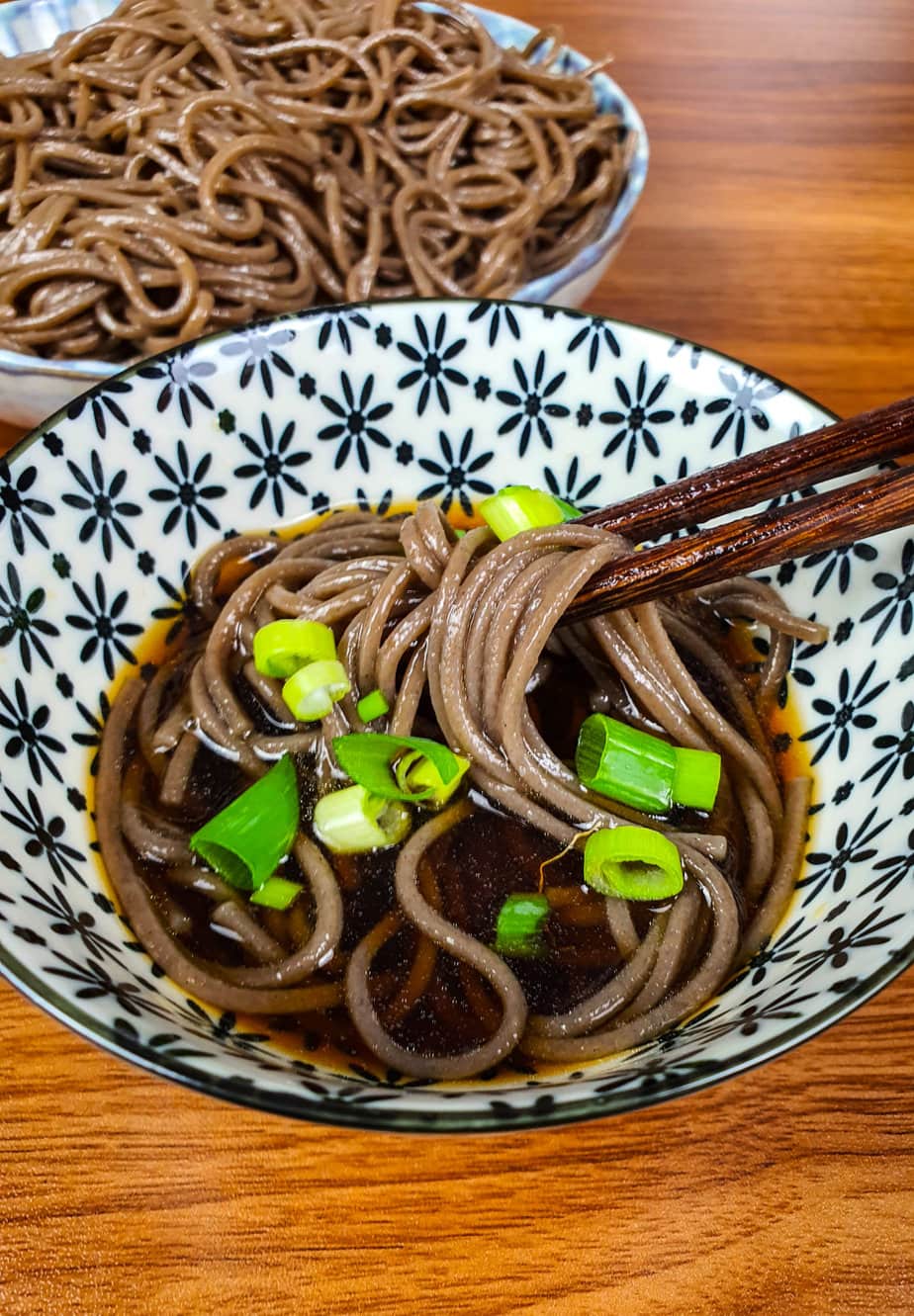
That said, if you follow my instructions and don’t manage to keep the skin on when dicing the chicken, it’s no problem – it’ll still be super juicy.
Another popular Japanese recipe is my beef udon.
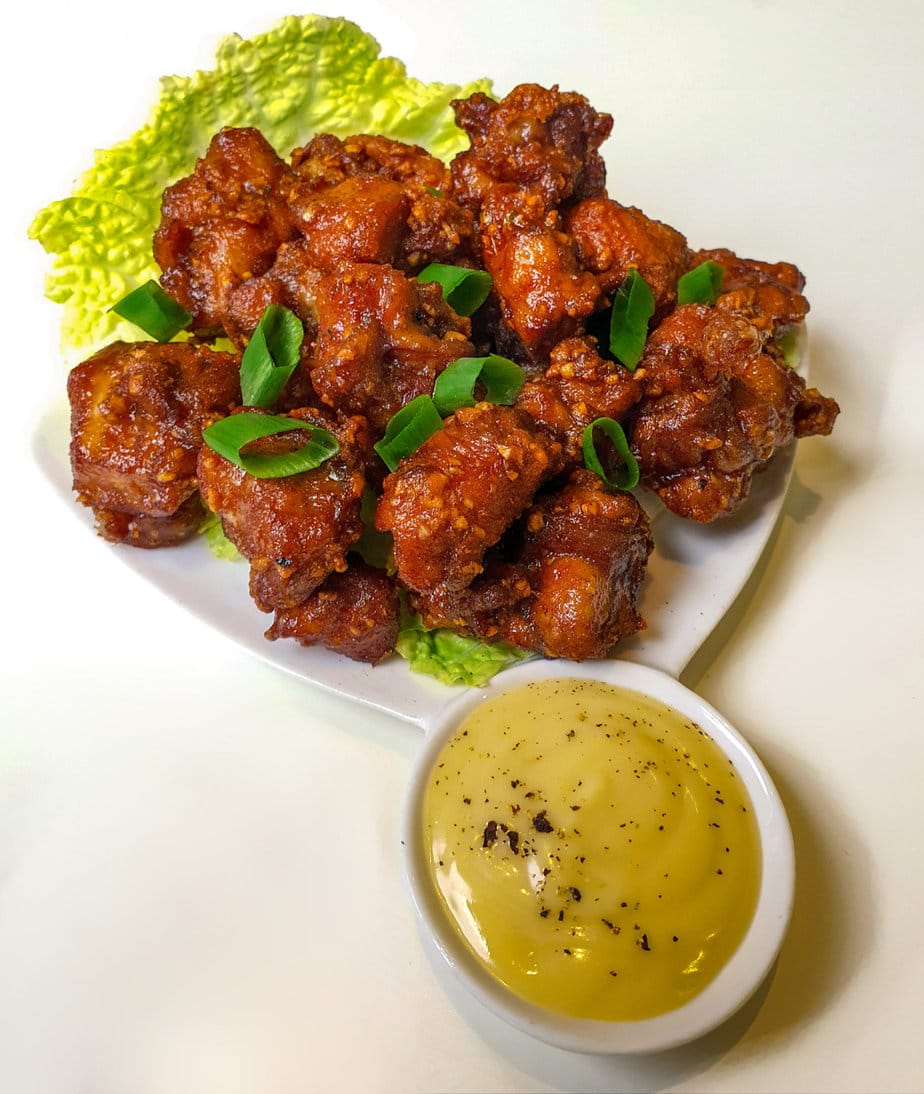
Ingredients
- 200 g potato starch
- 300 g chicken thighs boneless, diced
MARINADE
- 4 tablespoons sake
- 1 tablespoon powdered sugar
- 4 tablespoons dark soy sauce substitute with kikkoman salted soy sauce or tamari sauce
- 2 tablespoons garlic sliced
- 1 tablespoon ginger sliced
Instructions
- Marinate the chicken in the marinade for at least 2 hours, the longer the better.300 g chicken thighs, 4 tablespoons sake, 1 tablespoon powdered sugar, 4 tablespoons dark soy sauce, 2 tablespoons garlic, 1 tablespoon ginger
- On a large plate, mix the chicken pieces with the flour and separate the pieces individually.200 g potato starch
- Heat the oil to between 180 and 196 degrees celcius. Set your griddle to medium-high
- Fry 3 x for 30 seconds, reserving the chicken pieces for 1 min on absorbent paper in between.
